Sitting in front of a heater on a cold day or night and being able to unwind is the ultimate goal for every busy person. You get cozier and more relaxed the warmer your room becomes, and at some point, even the contemplation of movement is out of the question. The only thing that can get through this bubble you have created for yourself is the thought of how inefficient your wood heater really is. Suddenly, you begin to wonder just how much heat is being lost rather than used up as it should be.
Understanding the inefficiencies of your wood heater is not a very comfortable prospect. How, then, do you overcome this deficiency? You possibly increase the efficiency of your heater, check out here?
Consider the type of wood you use
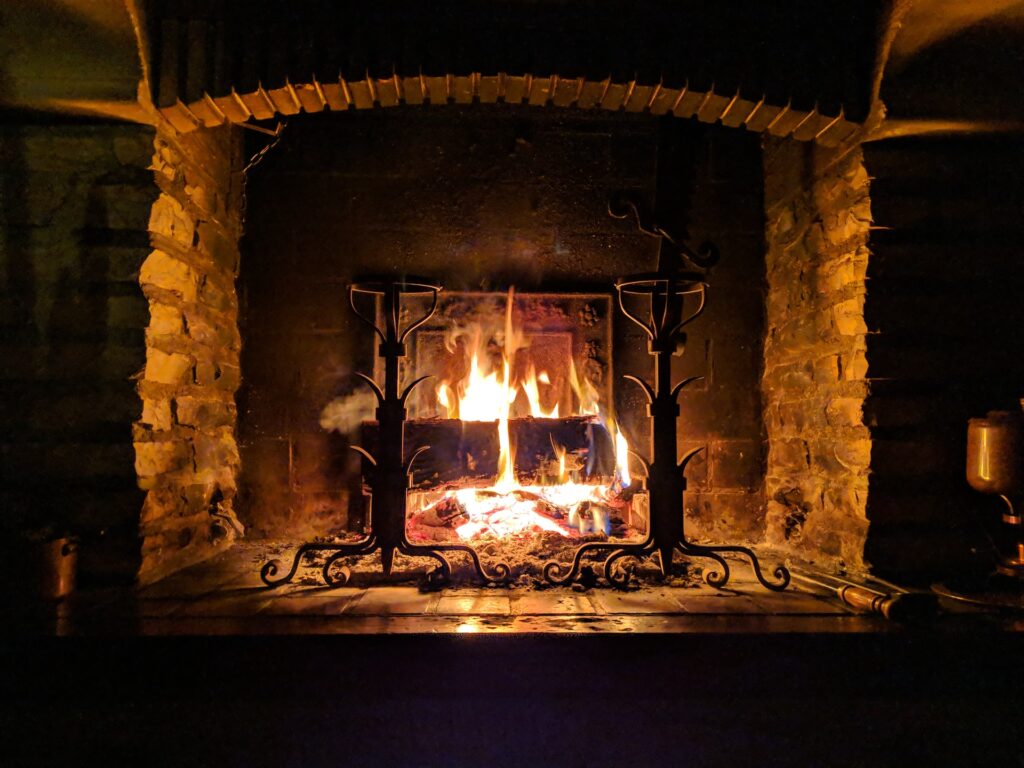
While operating a wood heater may sound as simple as placing some logs in the device and lighting a fire, there is a little more nuance involved. Most people are unaware that the type of wood you use impacts on how efficient your heater is. Ensure that you are using only dry hardwood. This gets maximum heat energy from your heater.
Think About Heat Transfer
Having one room remain warmer than others with no way remedy that is not ideal. A heat transfer system allows you to channel heat from the heater’s space to other rooms in the house. A heat transfer kit is readily available from retailers.
Check Your Operational Practices
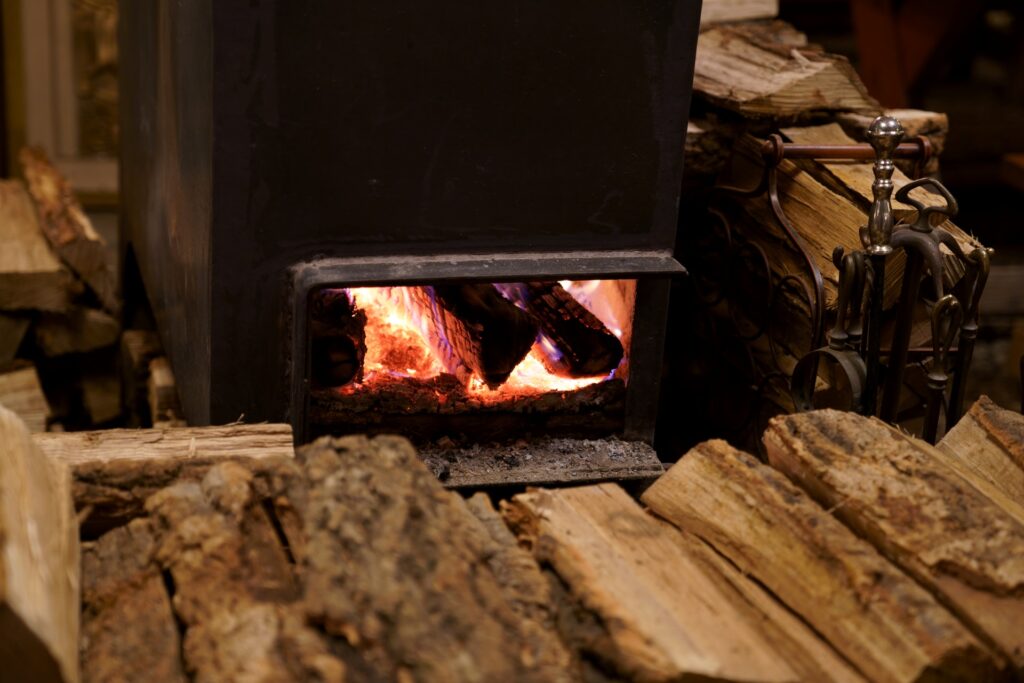
The inefficiency of your heater may be a result of the way you operate it. You should avoid allowing the heat generated by the heater to dissipate due to exposure to colder air from other places. Doing so necessitates the need for more firewood to counteract the heat loss, thus increasing your operating costs.
Check Your Insulation
When was the last time you took a look around your house and tested how well it is insulated against the outside? You would be amazed at how many points around your house actually allow heat to escape once the wood heater is fired up, making heating up the room a more complex even as it takes longer.
Before you light up your wood heater next, check to ensure that gaps around windows and doors are sealed and that the roof and walls are adequately insulated. This will help you keep the generated heat within the house longer, making your heater more effective.
A Ceiling Fan Can Help
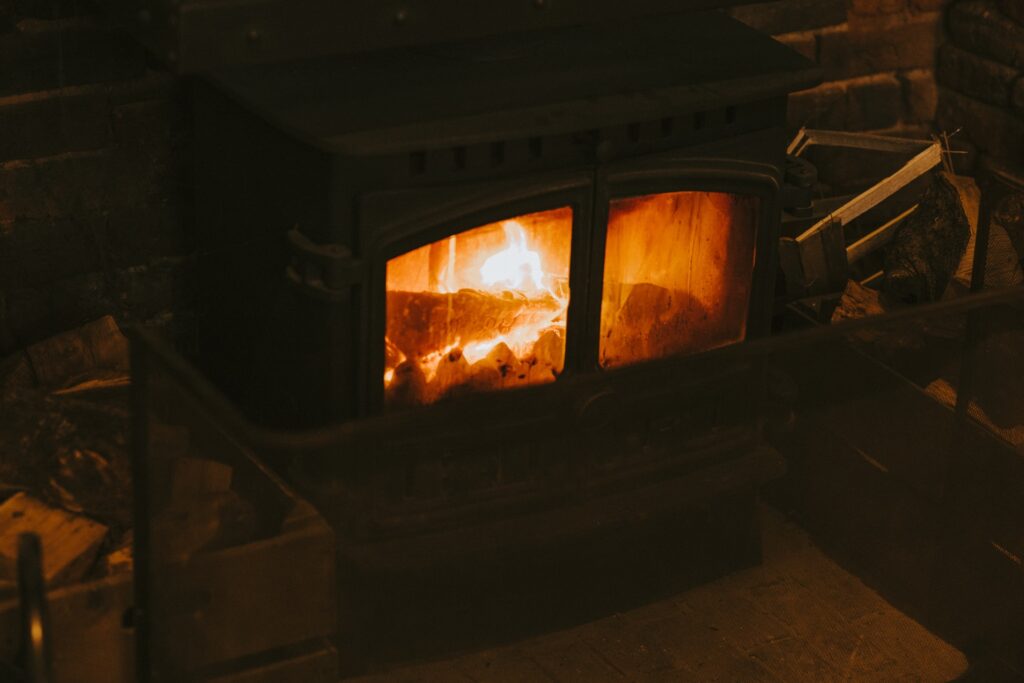
It seems counterproductive to use a ceiling fan for heat distribution when its primary use is exactly the opposite. However, you may set your ceiling fan to its winter mode and use it as a heat distributor.
Clean your Chimney
Finally, keeping your chimney clean is very important. Creosote, a by-product of burning wood, builds up in the flue and makes the heater less efficient as airflow becomes more and more restricted. To combat this, have your chimney swept regularly.
Wood fireplaces are assets to the home. They are convenient focal points and valuable heat sources when needed. Moreover, their inefficiencies are not insurmountable. All it takes to keep your wood heater working at its best is to maintain the proper levels of care, and it will remain a valued addition to your home.
Make sure heat escapes through poorly insulated windows and doors
Sealing windows and doors is the fastest and cheapest option to address heat loss.
Ventilation of the room
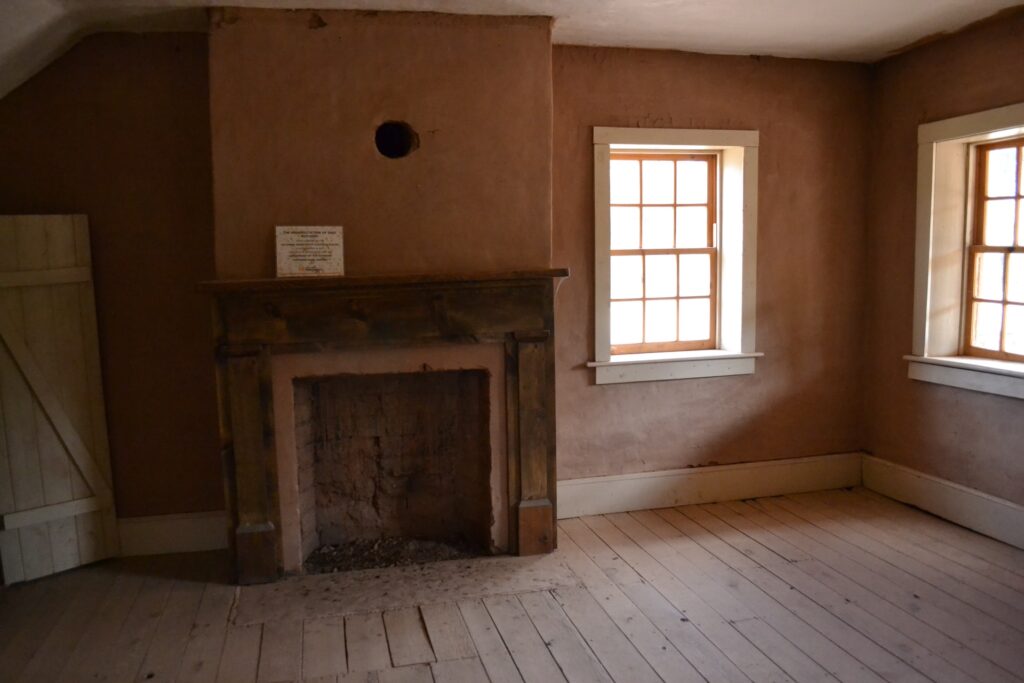
Be wise with the ventilation of the house, that there is fresh air, and the heat does not escape. Avoid keeping the windows slightly open, as this will give off heat and the air quality will not become ideal. Instead, ventilate the home several times a day for five minutes, then close windows or doors completely.
Curtains
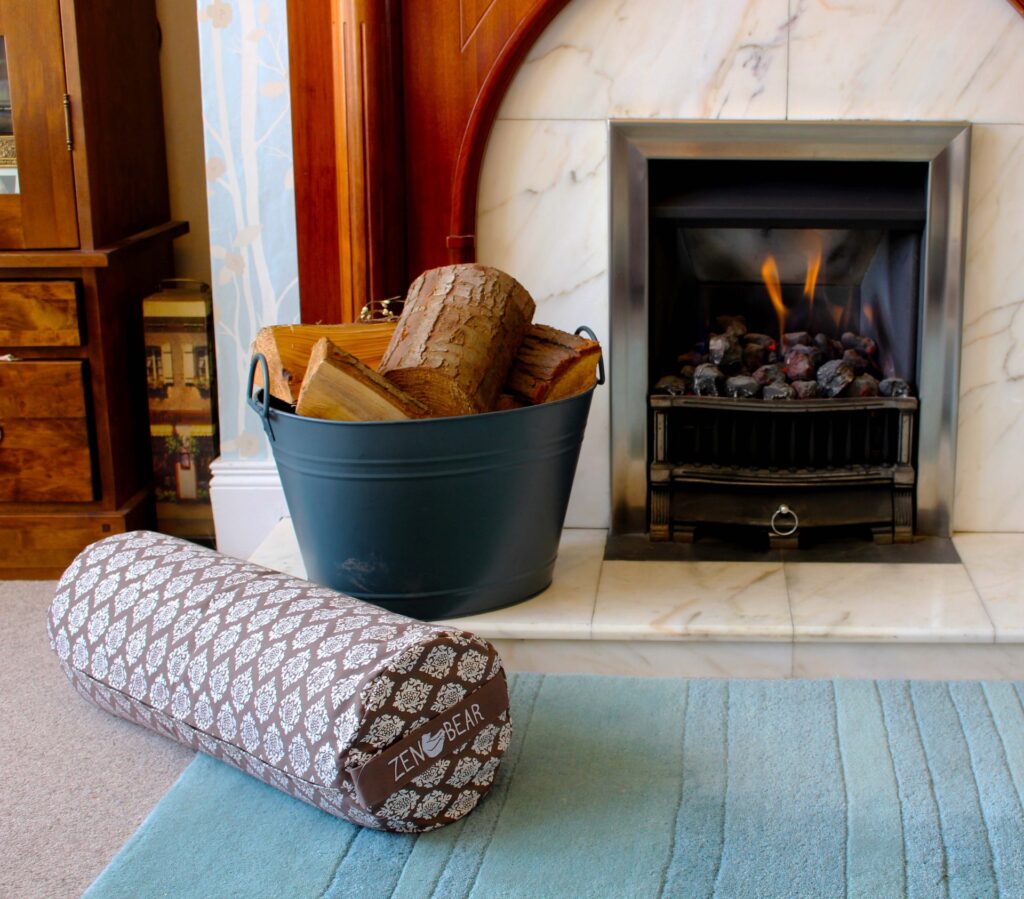
Curtains made of a mixture of wool and cotton can also save energy. When it’s sunny, just step out and let the natural heat warm your home. But when night falls, and with it the temperature, just close the curtains. This will insulate the room from the cold air that is drawn in through the windows.
In winter, cover parquet or tiles with carpet
Put carpet on the tiles or parquet, it will be warmer for your feet, and this will also serve as insulation that will prevent heat loss through the cold floor. When the warmer days come, roll up the carpet and store it.
If you do not have a thermostat, be sure to get one
The thermostat will help you maintain the same temperature and not overdo it with heating. Then when you notice that the temperature has risen, slightly extinguish the fire.
Do not put out the fire at night
During very cold days, do not turn off the heating, but load the wood before going to bed. A lot of energy is expended by heating a cold space, so try to keep the temperature the same – during the day at about 20, and at night at 15 degrees.
The advantages of wood heating are numerous:
- wood is one of the cheapest types of heat energy,
- it is environmentally friendly due to its 100% renewable,
- easy to use (despite the fact that we are often lazy to light a fire) and
- easy installation of the device itself.
Despite the many advantages, wood heating is not acceptable for every household.
A wood-burning stove requires a chimney that needs regular maintenance, it is necessary to clean the firebox and ensure sufficient access to fresh air. Among the most common solutions for wood, heating is fireplace heating and wood central heating.
Final thoughts
Wood heating is a cheap and economical way of heating, but it also offers the ultimate winter atmosphere. There’s no nicer feeling than snuggling into a warm blanket on a cold winter day, reading a book, and listening to the crackling fire.
However, all types of heating have certain advantages and disadvantages, so the final decision should be made according to your own preferences and capabilities.
